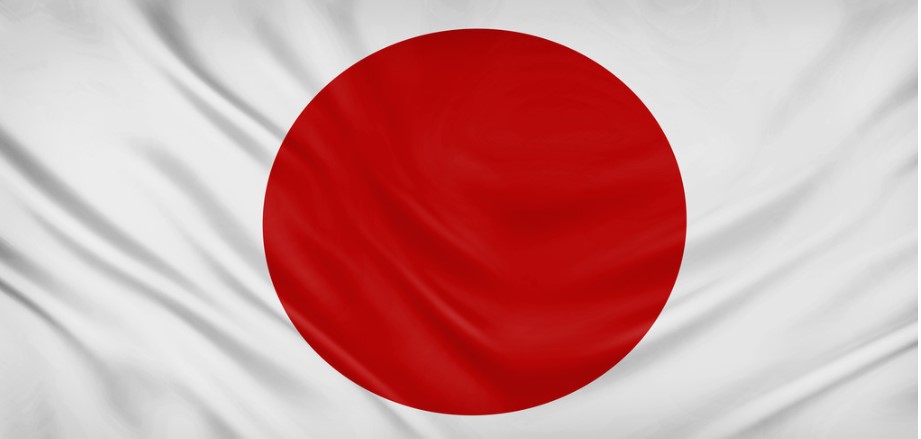The Japanese flag, known as the “Nisshōki” or “Hinomaru” in Japanese, is one of the most recognizable symbols of Japan. The flag features a red circle, representing the sun, on a white background. The origins of the Japanese flag can be traced back to ancient Japan, where it has gone through several changes over the centuries. In this article, we will explore the evolution of the high quality Japan flag and how it has become a significant symbol of the country.
The Origins of the Japanese Flag
The earliest known Japanese flag was used during the reign of Emperor Go-Reizei in the 11th century. The flag was called the “Tensonkorin” and featured a sun and a crescent moon. However, it was not until the 16th century that the Hinomaru design became popular.
During the Sengoku period in Japan, warlords began using the Hinomaru flag. It was believed to bring good luck and was used to identify the armies of various warlords. The white color of the flag represented purity, while the red circle represented the sun, a symbol of power and divine status in Japanese culture.

The Hinomaru Flag
The Hinomaru flag, which means “circle of the sun,” is a simple yet powerful design that has become synonymous with Japan. Its use can be traced back to the Edo period, when it was flown on the ships of the Tokugawa shogunate.
In 1854, Japan was forced to open its ports to foreign trade by the United States. This event, known as the “Opening of Japan,” led to a period of rapid modernization and westernization in Japan. As part of this process, the Japanese government began to use the Hinomaru flag as a symbol of national identity.
The Use of the Japanese Flag
The Hinomaru flag was officially adopted as the national flag of Japan in 1870, following the Meiji Restoration. However, it was not until 1999 that the flag was officially recognized by law as the national flag of Japan. Today, the flag is used in various ways, including during national holidays, on public buildings, and on the uniforms of the Japanese Self-Defense Forces.
However, the flag has also been the subject of controversy in recent years. Some people argue that the flag is a symbol of Japan’s militaristic past and should be replaced with a new design. Others argue that the flag should be changed to reflect Japan’s modern, multicultural society.
Variations of the Japanese Flag
Over the years, there have been several variations of the Hinomaru flag. One of the most notable variations is the “Rising Sun” flag, which features rays emanating from the red circle. This flag was used during World War II by the Imperial Japanese Army and is still used by some Japanese nationalist groups today.
Another variation of the flag is the “Sunburst” flag, which features 16 rays emanating from the red circle. This flag was used during the Taisho period in Japan and is still used by the Japan Maritime Self-Defense Force today.
The Future of the Japanese Flag
As Japan continues to evolve, so too may the Hinomaru flag. While some people advocate for a new flag design, others believe that the Hinomaru flag should remain a symbol of Japan’s culture and history. Ultimately, the future of the Japanese flag will depend on the opinions and preferences of the Japanese people.
Conclusion
The Japanese flag has a long and complex history, dating back to ancient times. While it has undergone many changes over the centuries, the Hinomaru design has remained a powerful symbol of Japan’s culture and identity. As Japan continues to modernize and evolve, the future of the flag may be uncertain, but its significance will continue to be felt for generations to come.
The Hinomaru flag has been a symbol of national pride and identity for Japan. It has been used to represent the country during significant events such as the Olympics, and is displayed proudly on public buildings and other important locations. However, its symbolism has been the subject of controversy.
Some people believe that the Hinomaru flag represents Japan’s militaristic past and should be replaced with a new design that reflects the country’s modern and multicultural society. Others believe that changing the flag would be an affront to Japanese culture and history.
In recent years, there have been calls to change the flag due to its use by far-right nationalist groups. However, the Japanese government has been reluctant to do so, citing the flag’s long history and cultural significance.
Despite the controversy, the Hinomaru flag remains an important symbol of Japan’s culture and identity. It represents the country’s rich history, traditions, and values, and will continue to be an important part of Japanese life for many years to come.
FAQs
What does the Hinomaru flag symbolize?
The Hinomaru flag features a red circle representing the sun, which is a symbol of power and divine status in Japanese culture. The white background symbolizes purity.
When was the Hinomaru flag officially adopted as the national flag of Japan?
The Hinomaru flag was officially adopted as the national flag of Japan in 1870, following the Meiji Restoration.
What is the controversy surrounding the Japanese flag?
Some people argue that the flag is a symbol of Japan’s militaristic past and should be replaced with a new design. Others argue that the flag should be changed to reflect Japan’s modern, multicultural society.
What is the Rising Sun flag?
The Rising Sun flag is a variation of the Hinomaru flag that features rays emanating from the red circle. It was used during World War II by the Imperial Japanese Army and is still used by some Japanese nationalist groups today.
Will the Japanese flag change in the future?
The future of the Japanese flag is uncertain, as it will depend on the opinions and preferences of the Japanese people. Some advocate for a new flag design, while others believe that the Hinomaru flag should remain a symbol of Japan’s culture and history.